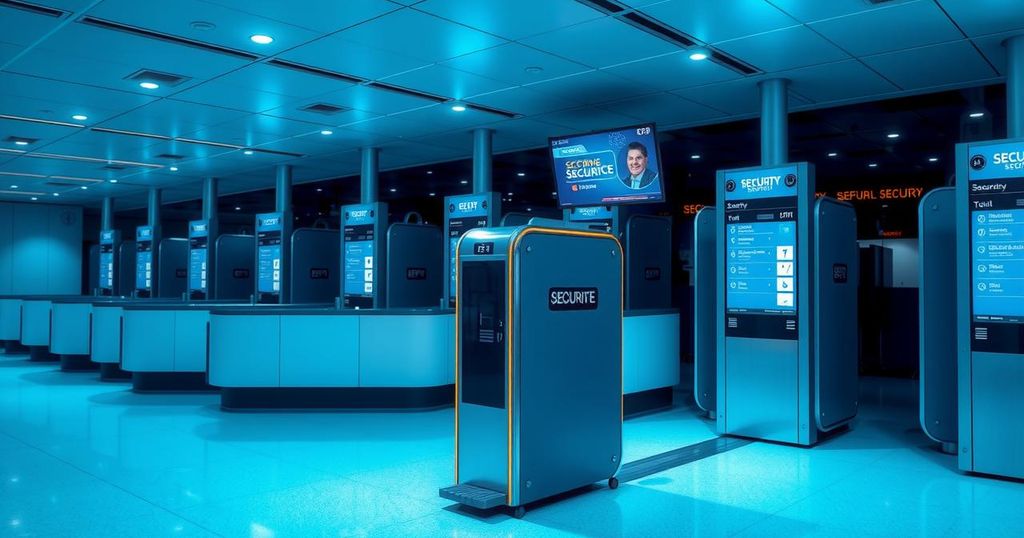Summary
The Arapahoe County Sheriff’s Office will resume using facial recognition technology under new regulatory guidelines. This follows a previous suspension due to service discontinuation by their provider. The accountability report highlights critical aspects such as image quality and potential bias and emphasizes the importance of privacy rights. The department is engaging with the community to clarify the technology’s role and ensure responsible use.
Arapahoe County Sheriff’s Office (ACSO) is set to reintegrate facial recognition technology (FRT) into its policing strategies following the establishment of new regulations under state law. Previously, the ACSO utilized biometrics from Rank One Computing (ROC) but ceased operations when their software provider discontinued services. The previous provider was LexisNexis, using its Lumen product, which has now been clarified to include an updated algorithm from ROC Corporation to enhance performance in suspect identification. The drafted accountability report details important aspects like image quality, noting that the accuracy of FRT outcomes largely relies on the quality of the images used and the effectiveness of the algorithimic process. Concerns surrounding potential biases in facial recognition systems were also addressed. The Sheriff’s Office has enacted policies to ensure FRT is applied in a responsible manner, emphasizing public safety and privacy rights by stating the objective is to aid in investigations without compromising civil liberties. According to ACSO Deputy John Bartmann, the initial roll-out of facial recognition technology faced public misunderstanding regarding its function and application. He reassured that the Lumen system operates strictly within the framework of booking photos sourced from law enforcement databases, negating any use of social media or public online images. The ACSO is actively engaging with the community on this matter, holding public forums to discuss the implications and gathering feedback to address concerns, with their next session scheduled for September 12 in Denver.
Facial recognition technology has been a contentious issue in law enforcement circles, arising from concerns over privacy and civil liberties. The ACSO’s reinstatement of this technology comes amid legislative efforts to provide clear guidelines for its use in policing. The previous engagement with facial recognition systems was halted when their software provider changed their service offerings, prompting the need for a more regulated approach. The incorporation of ROC’s updated algorithm represents a significant advancement in the accuracy and reliability of the technology, aiming to assist law enforcement in resolving crimes more efficiently while mitigating the associated risks.
The ACSO’s reintroduction of facial recognition technology is underpinned by new regulations that promote accountability and ethical use. Key aspects such as the reliance on high-quality images and the absence of intrusive measures like social media scraping are pivotal to enhancing public trust in this technology. Continuous community engagement and adherence to established policies will be crucial as the ACSO navigates the complexities of integrating facial recognition into its policing framework.
Original Source: www.biometricupdate.com





